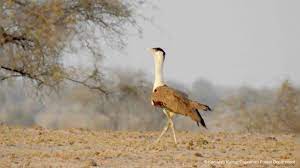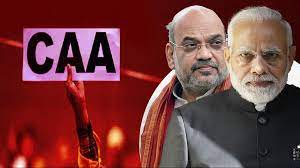- The Election Commission of India (ECI) has issued notifications in response to allegations of Model Code of Conduct (MCC) infractions by renowned Indian figures.
Model Code of Conduct (MCC)
- Set of guidelines: The Election Commission of India (EC) released the Model Code of Conduct (MCC) to political parties and candidates.
- The goal is to create rules of conduct throughout election campaigns and polls.The MCC contains procedures for filing complaints with EC observers and governs the conduct of governing party ministers throughout the MCC term.
- In 2019, an amendment was adopted to election manifestos that prohibited commitments antithetical to constitutional objectives.
- The MCC is not legally binding because it is not a legislative document passed by Parliament.
- While breaching many MCC criteria may not result in punishment, certain behaviours are classified as electoral offences and corrupt practices under the Indian Penal Code and the Representation of the People Act of 1951.
- Violations of these laws will result in appropriate penalty.
MCC’s evolution
- Its origin: The Model Code of Conduct (MCC) began as a short set of principles for the Kerala Assembly elections in 1960.
- Initially, it addressed a variety of issues, including electoral meetings, processions, speeches, slogans, banners, and placards.
- Under Chief Election Commissioner (CEC) K V K Sundaram in 1968, the EC worked with political parties and enlarged the MCC to maintain basic standards of conduct for free and fair elections.
- By 1979, it had been routine practice for the EC to disseminate the MCC prior to each General Election.
- MCC Consolidation: The MCC evolved throughout time as a result of negotiations between the EC and political parties. It was consolidated and reissued in 1991 with new parts, including prohibitions on the “party in power” to prevent the abuse of government for undue gain.
Features of MCC:
- Activation of MCC: The Model Code of Conduct (MCC) is activated immediately upon the Election Commission’s release of the election timetable and continues in force until the election process is completed, including the announcement of results.
- Applicable to all elections: It applies to all Lok Sabha, State Assembly, and State Legislative Council elections held by Local Bodies, as well as Graduates’ and Teachers’ Constituencies.
- Across India: During general elections, the MCC is imposed across India, however during legislative assembly elections, it is applied in the individual state going to polls.
- Supported to comply with the MCC: All organisations, committees, businesses, and commissions supported entirely or substantially by the Central or State governments must comply with the MCC.
- List of Political Parties: In addition to the listed political parties and candidates, non-political organisations that run campaigns in support of a political party or candidate must follow the Election Commission’s guidelines.
Issues relating to MCC:
- The political atmosphere in the country has gotten increasingly heated, reducing the efficacy of the Model Code of Conduct.
- Violations of the MCC are constantly rising, becoming more prevalent and harsh.
- Political leaders are leveraging their power, resources, and persuasive strategies more forcefully than ever before, frequently exploiting gaps between the literal and intended meanings of the MCC.
- Money power has surpassed physical strength, while technological improvements have created new methods to avoid rules.
- The MCC’s lack of clarity on the penalties of infractions undermines its capacity to discourage misbehaviour.
- Delayed responses to violations reduce the impact of penalties and erode public trust in the Election Commission’s credibility.
Source: https://indianexpress.com/article/opinion/columns/election-commission-model-code-of-conduct-reform-9293757/










